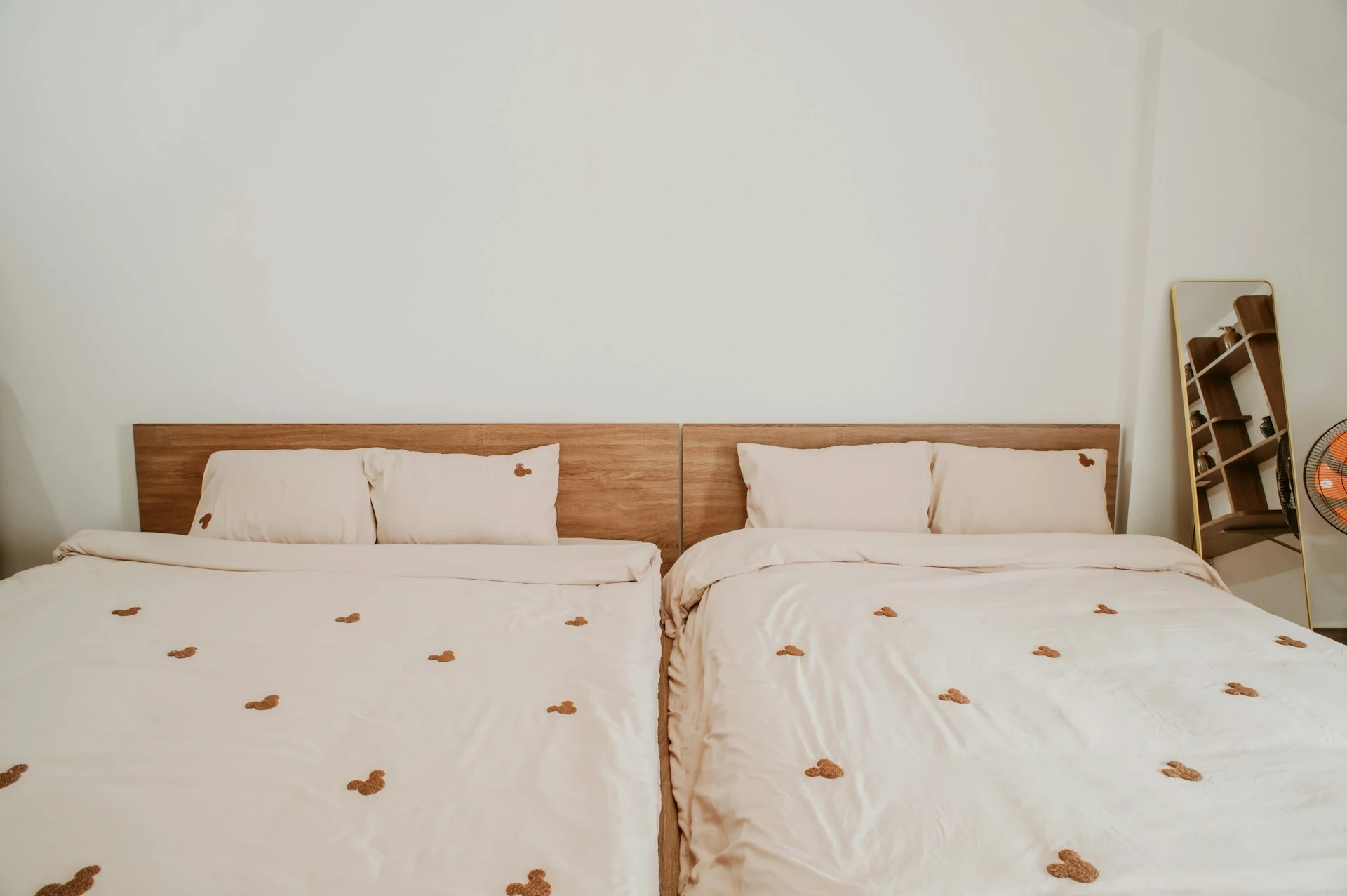Intro to Gross Stuff:
Let’s face it- no one wants to discuss lice, bed bugs, pinworms, or scabies. But let’s also face it- this stuff happens and we have to face the music sometimes. We figured it would be good to tackle them all at once so you have one, go-to resource for all of the unmentionables.
LICE aka louse
- What?
Lice are tiny parasites that live in our blood. There are a few different types- hair lice, body lice, and pubic lice ( aka crabs.)
- How?
Lice are spread through very close contact- either direct head to head contact or when you or your child shares a hat, helmet, comb, or towel with another child who has lice. When you have lice it does not mean that you are “dirty. “Honestly, it happens to almost everyone at some point or another.
- Symptoms:
Itchy scalp or body, sometimes children develop sores around their hairline from itching so much. You may notice lice in different forms on your scalp; either nits which are small white eggs that are usually close to the hair shaft often noticed around the ears. They are usually small and white and difficult to remove. They can look like dandruff or residue from hair spray. Sometimes you will see an adult louse- a small bug with six legs, usually gray in color.
- Treatment:
Everyone in the house must be checked and treated if found to be infected. Wash everything that has had contact with the infected person’s head (towels, clothing, sheets.) Call your physician for the appropriate medication- usually, it involves applying cream and leaving it on for 8 hours to kill the lice and the eggs. Often you have to repeat the treatment. After the treatment comb the hair thoroughly with a nit comb to remove all nits and lice. Repeat this every 2-3 days until you are no longer finding nits. Using conditioner during this process can be helpful to shock the lice and keep them from moving. Wash the comb after each combing. Be sure to vacuum and clean the area thoroughly after you are done combing.
BEDBUGS
- What?
Bedbugs are small bugs that are found in beds! They are often in the folds or crevices between the sheets and blankets. They are usually red/brown in color and live on blood.
- How?
Bedbugs hide in crevices of sheets or clothing. Often people transport them when traveling without knowing it. Everyone is at risk of being bitten by a bed bug. Infestations usually happen in areas where people sleep. The bugs hide during the day and come out at night and bite humans, getting their blood meal, leaving the bite marks in exposed areas.
- Symptoms:
Itchy rash in exposed areas (arms, legs, neck, face.) Bed bug bites are usually small and red, sometimes they show up in a line. Some people have an allergic reaction to the bites and have more redness and swelling. You may also find the bugs in your bed or the feces of the bug in your bed (EEK!)
- Treatment:
Bed bug bites are usually not dangerous, but they can cause localized infection. Be sure to keep them clean and apply an antibiotic ointment to the bites. The true cure is calling in an exterminator to get rid of the infestation, and washing all sheets, towels, and clothing. Some people have to get rid of beds/ couches to rid their homes of bedbugs. You can have covers on your mattresses to avoid this.
PINWORMS
- What?
Pinworms are an intestinal worm infection that is very common in school-aged children. They are thin, white worms and look like small white threads. They are usually seen around the anus of the infected person.
- How?
Pinworms are spread when you ingest or breathe in pinworm eggs. The eggs can be on hands, clothing, sheets, toilets, toys, kitchen counters, or any other surface. After the eggs enter your intestinal tract they egg hatch larvae that grow into worms eventually and live as parasites in your system. After 1-2 months the worms come out of the anus and lay eggs which can cause intense itchiness. When a child ( or an adult) scratches, the eggs end up on their hands and under their nails, spreading the infection.
- Symptoms:
An ITCHY BUTT AT NIGHT. If your child is up in the middle of the night howling that their bottom is itching, it is pinworms unless proven otherwise. Sometimes it presents as restless sleep or itching and discharges from the vaginal area. You may notice small white threads in the toilet or around the anus.
- Treatment:
It is important to wash all bedding, clothing, and towels if your family has a pinworm infection. Pinworms are easily treated with over-the-counter Pyrantel Pamoate. If one member of a family is infected with pinworms the entire family should be treated. It is recommended that you repeat the treatment 14 days after the initial treatment.
SCABIES
- What?
Scabies is an infection with an “itch mite” that burrows into your skin causing intense itching.
- How?
Scabies is usually spread by direct skin-to-skin contact. It also can be spread through clothing or sheets, but usually, the contact has to be prolonged. You can spread scabies before you become symptomatic from the infection.
- Symptoms:
Scabies causes an intensely itchy rash. The rash is classically seen between the fingers, in your elbows, and around the penis or scrotum. The rash looks like lots of small red pimples and sometimes can look like little burrows under the skin.
- Treatment:
Scabies is treated with a medicated lotion that is applied from the neck down. The medication is prescription only. Anyone who has had close physical contact with an infected person should be treated. All bedding, towels, and clothing should be washed with hot water. Anything that can’t be washed should be put in bags and isolated from human contact for three days- the mites cannot survive longer than that without human contact.
CONCLUSION:
Although unpleasant to think about, these infections do happen. If you are worried that your child is suffering the effects of one of the above “unmentionables” please don’t hesitate to reach out for an appointment with one of our providers. We are here for you!






